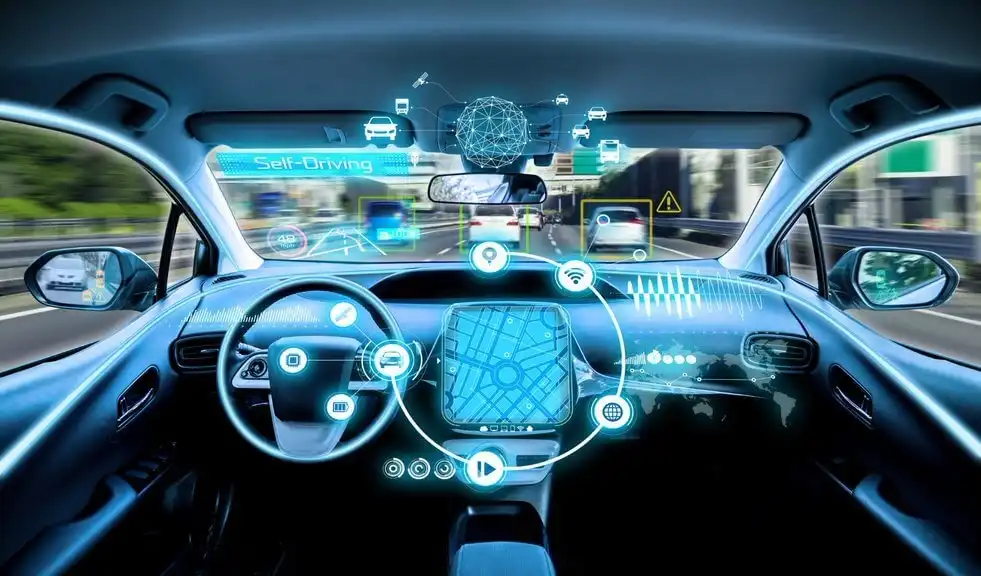Table of Contents
As technology continues to expand, so do its possibilities. Self-driving cars—once an idea that existed solely in works of science fiction—are one of the most interesting inventions of our time. However, autonomous vehicles come with implications that are both awe-inspiring and perhaps a bit frightening.
Although technology is still developing, the innovations we have seen bring us closer to a future full of autonomous vehicles capable of revolutionizing the transportation industry. Stay in the know with these thrilling facts about self-driving cars and what they might mean for the future.
The Future Is…100 Years Ago?
Self-driving cars seem like a thing of the future, but the idea has been around for almost a century. The first “driverless” car dates back to a 1925 demonstration by Houdina Radio Control. The company attached a transmitting antenna to a car and drove it through the streets via radio controls.
However, our modern idea of automated cars stems from a General Motors showcase at the 1939 World’s Fair. This exhibit showed off electric vehicles that used a radio control system and electromagnetic fields in the roadway to operate.
Autonomous Cars Map Out Their Surroundings
Technology has changed a lot since the ‘30s. The modern automotive industry uses different solutions to turn the long-running idea of driverless vehicles into a reality. By using technologies such as radar or lidar sensors, autonomous vehicles can detect other vehicles, pedestrians, signs, and other obstacles on the road.
While both of these pieces of technology work, there are some key differences between radar and lidar sensors that make lidar better for autonomous vehicles. Its data creates a detailed, real-time map of the car’s surrounding environment that the vehicle then uses to react safely while navigating the area.
There Are Multiple Levels of Automation

When we think of automated cars, we often default to fully driverless vehicles. However, there’s an ever-evolving range of advanced technology available to make our vehicles safer, smarter, and more efficient.
There are six official levels of driving automation, ranging from zero to five. Level 0 refers to a vehicle with zero automation, while Level 5 refers to a fully automated, driverless vehicle. In between are the levels that combine some degree of automation with some human operations. These include driver assistance, partial automation, conditional automation, and high automation.
Many people find this host of middle-ground options particularly appealing. Examples of mid-level driving automation include Advanced Driver Assistance Systems (ADAS), which offer features such as automatic braking systems, lane-keeping assists, and adaptive cruise control. Additionally, parking assist and blind spot detection technology for improved safety and maneuverability are becoming increasingly commonplace in family vehicles. Together, these different levels of automation allow drivers to enjoy modern conveniences without relinquishing full control of their vehicles.
Self-Driving Goes Beyond Transportation
One of the most important facts about self-driving cars is that they have opened the door for a myriad of new applications far beyond transportation. In warehouses, self-driving vehicles like AGVs can quickly move goods and materials for more efficient order fulfillment. This same technology can also apply to agriculture, where automated vehicles monitor crops and transport harvest yields.
As the possibilities of self-driving technology become apparent, these new applications hold promise to revolutionize the way businesses, governments, and individuals conduct operations.
Also Read: 5 Reasons Why Human Translation is Better Than Machine Translation

